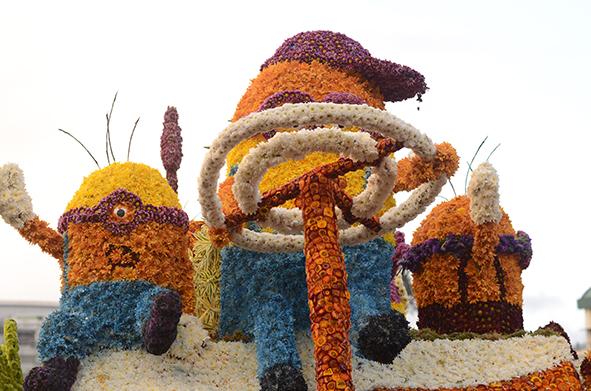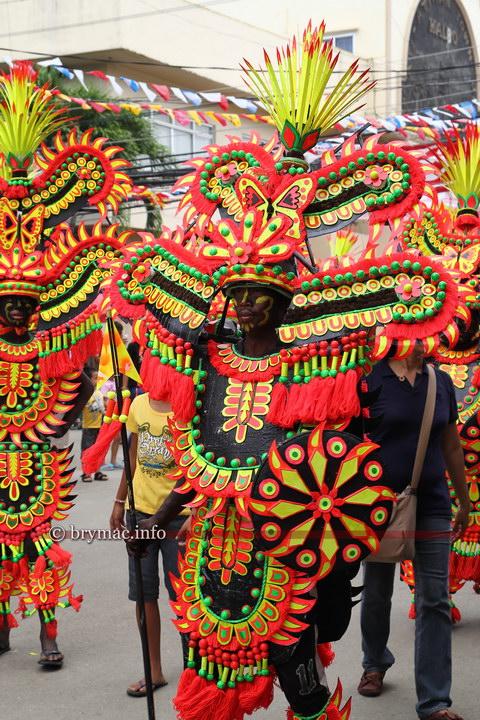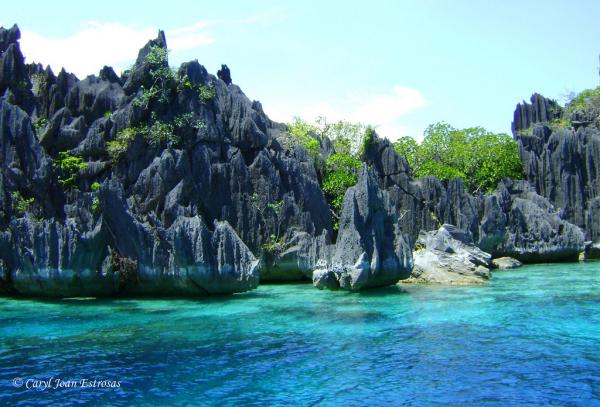
10 Favorite Filipino Breads
by Xtian Mack on December 27, 2013Although rice makes up the main meals of most Filipinos, bread in its many forms still make up a portion of our diet as Filipinos enjoy nibbling on all things soft, sweet and sugary. Although the concept of baking bread has not been a native concept and was brought over by Europeans and our other neighbors, Filipinos have come to love eating bread. Local bakers, adjusting to the tastes of their clientele and even creating unique breads of their own, have helped create a whole line of treats that are Filipino in their own way and have been enjoyed by many generations.
» Read More

Quezon City's Cultural Groups: The City's Pride
by Jhaypee Guia on July 21, 2012Otherwise known as the Singing Bamboos of the Philippines, is a unique youth orchestral marching band that draws exceptional music from unconventional bamboo instruments.
» Read More

Celebrating the Days of Holy Week in the Philippines
by Jhaypee Guia on November 8, 2012Holy Week, also known as Semana Santa in Spanish or Mahal na Araw in Filipino, is a very important event in the Philippines. Filipinos Catholics are known for their devotion, which is why they spend much effort and reverence during the celebration.
» Read More

The Day before the Traslacion of the Black Nazarene
by Jhaypee Guia on January 14, 2013The feast of the Black Nazarene is one of the most awaited celebrations in the Philippines. The feast is part of the religious culture of Filipinos. It only goes on to prove that most Filipinos are devout and very faithful. The Black Nazarene is also called “Nuestro Padre Jesús Nazareno” in Spanish and "Poong Itim na Nazareno" in Tagalog. The statue is currently enshrined at the Minor Basilica of the Black Nazarene in Quiapo district, Manila, Philippines, where it is venerated every Friday with novena and holy masses.
» Read More

Top Ten Scariest Mythical Creatures of the Philippines That You Probably Didn’t Know
by Red de Vera on October 29, 2014The Philippines has a large variety of mythical creatures, especially in the countryside (rural areas). Most of Filipinos believe that they exist despite the fact that there is no scientific evidence for any of these creatures. To this day, the mythical beings still play an active role in the lives of many Filipinos and sometimes used to scare children.
» Read More

Panagbenga Festival 2014: The Color and Excitement Continues
by Christian Mack on March 8, 2014On its 19 year and incarnation, the Panagbenga Festival of Baguio, known as the Summer Capital of the Philippines, continues its legacy this 2014 of bringing color and excitement to the city. Millions come to the City to take part of the revelry each year drawn by great program, floats, activities, parades and attractions.
» Read More

Ati-atihan 2013 Schedule of Activities and Events
by Xtian Mack on January 8, 2013The Ati-atihan Festival of Kalibo, Aklan is arguably one of the most awaited events in the Philippines, drawing thousands of devotees and tourists every year. This unique Filipino festival is a celebration of the cultural heritage of the province and features parades and processions for days on end.
» Read More

2013 as a Promising Year for Philippine Tourism
by Xtian Mack on January 7, 2013After the spectacular performance of the Philippine tourism sector last year, with the Department of Tourism citing the success of “It’s more fun in the Philippines” campaign which was launched with much fanfare last year, 2013 is shaping up to be an even promising year for Philippine tourism.
» Read More

Treasure Cove of Makati at Ayala Museum
by Jane Dacumos on July 17, 2012Ayala Museum is an art and history museum considered one of the most important private institutions of Philippine art and culture. It holds the finest collections of dioramas of Philippine history and works of renowned Filipino painters. Here are some of its collections:
» Read More

Celebrating the Bountiful Rice Culture of Ifugao
by Jhaypee Guia on July 17, 2012Ifugao culture revolves around rice, which is considered a prestigious crop. There is an elaborate and complex array of rice culture feasts inextricably linked with taboos and intricate agricultural rites, from rice cultivation to rice consumption.
» Read More
